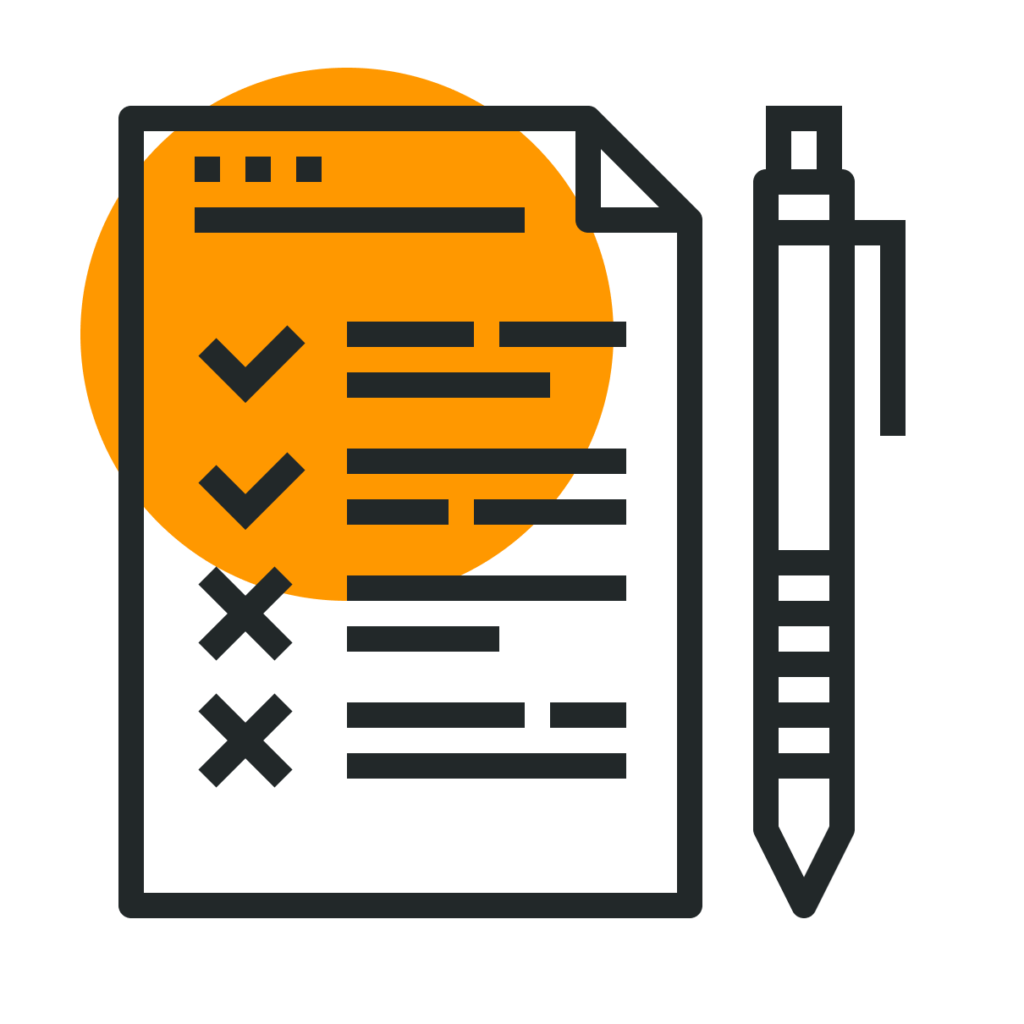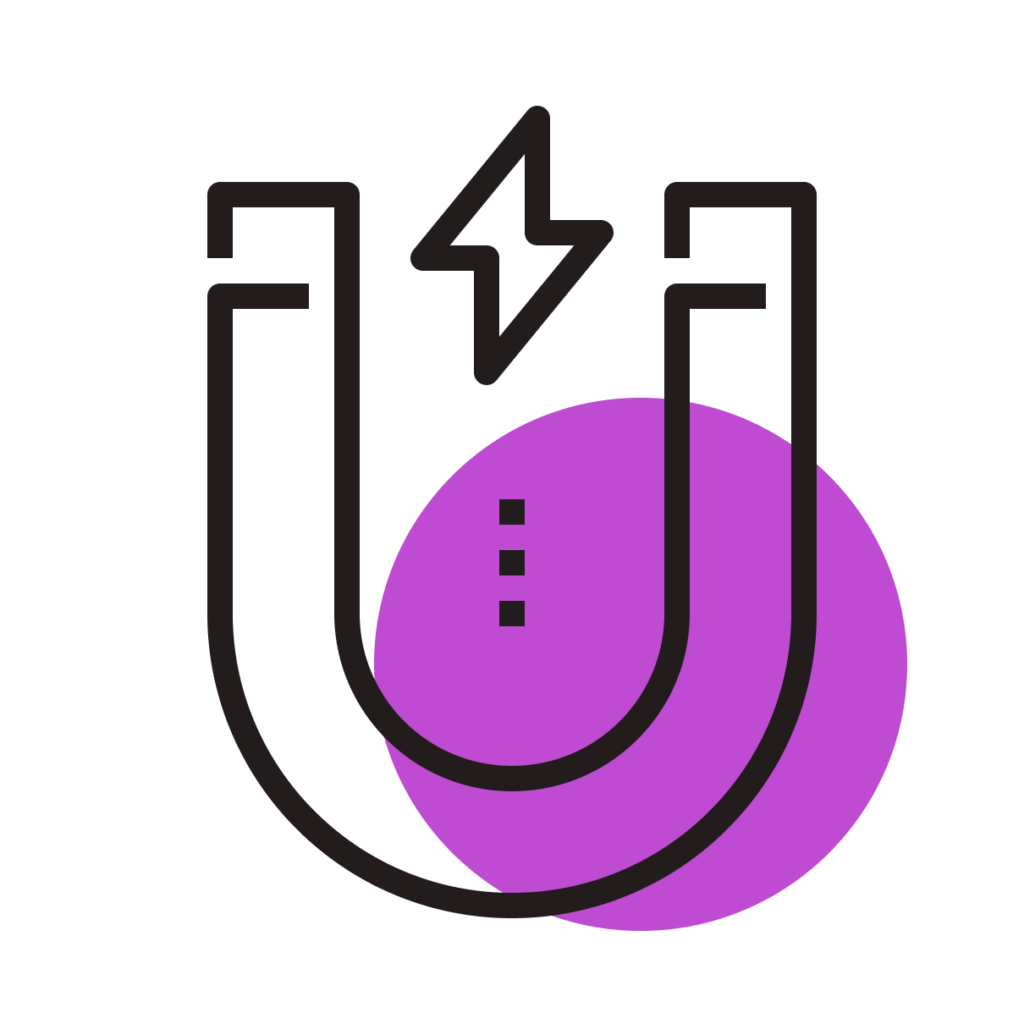In 2011, Jeffrey Karpicke and Janell Blunt conducted an experiment to dive deep into something called the testing effect. They wanted to see how different ways of studying might help students remember information better.
They came up with three strategies to study a passage of text, and one of them one strategy really stood out.
The student first read the passage for five minutes. Then, they put the text away. They spent ten minutes writing down everything they can remember on a blank piece of paper. Next, they read the passage again for five minutes. Finally, they spent another ten minutes writing down what they remember.
What they found was pretty interesting. This strategy didn’t just help students memorize the information better; it also helped them use what they learned in different situations – which is what learning is all about!
Every time we retrieve information it builds new connections between synapses in our brain, making the connections stronger and consolidating memories. As a result, we can access information more easily in the future.
What UX designers really care about here is the retention piece. Because retention of terms, interactions, outcomes, etc. will help to foster a more positive experience for users.
An important lesson for UX designers is the opportunity to create more engaging experiences. By recognizing that active engagement with content (such as interactive tutorials or even gamified elements) can improve memory retention, we can craft interfaces that not only inform but also involve the user.
For example, an onboarding process that incorporates interactive quizzes or tasks can leverage the Testing Effect to help users better understand and retain information about how to use the tool.
🎯 Here are some key takeaways:
Apply to user onboarding
Integrate interactive questions within onboarding flows to help new users grasp functionality more easily.
Enhance team collaboration
Use this effect in team-building exercises to reinforce shared knowledge and alignment on project goals.
Improve documentation and FAQs
Consider integrating questions or self-assessments within technical documentation to help users assimilate information more efficiently.
Avoid Over-reliance on Passive Learning
Reading and watching videos are helpful but they should be complemented with active learning when possible.
Consider the timing of tests
Spacing tests over time can enhance the effect, making learning more durable.
📚 Keep exploring
To dive deeper into the topic of testing effect and its implications for knowledge retention, check out these resources:



